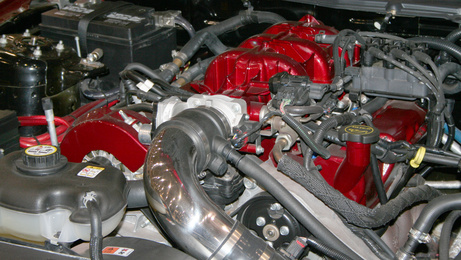
Automatic transmissions refer to vehicle transmission systems that automatically change gear ratios as the vehicle moves as opposed to the operator manually switching gears. Some automatic transmission systems are designed or later modified to include a trans brake.
A trans brake, also known as a transmission brake, is used to lock the transmission and is often an aftermarket addition to a vehicle’s transmission for the purpose of drag racing. The trans brake is attached to the manual valve body.
The trans brake is activated via an electrical solenoid control. The trans brake engages the reverse and first gears of the transmission simultaneously, which locks the transmission and prevents the input shaft from being turned. This enables the operator to increase the engine’s RPM against torque converter resistance. A torque converter refers to a coupling designed to transfer rotating power from the internal combustion engine. By releasing the trans brake, the operator can launch the car at the faster RPM.
Locking up the transmission can cause gear shifts to be over-firm, leading to extreme shock load and transmission damage. Trans brake operation can also lead to excessive heat build-up in the transmission, which can burn transmission clutches and otherwise impair the transmission system.